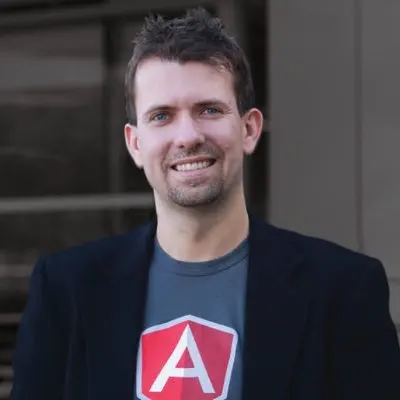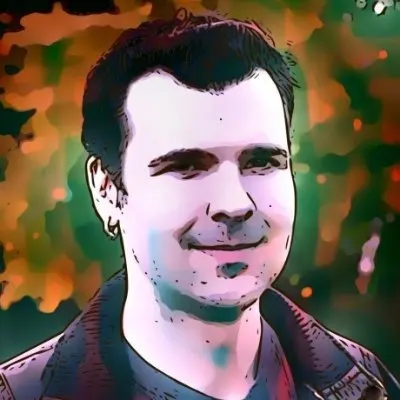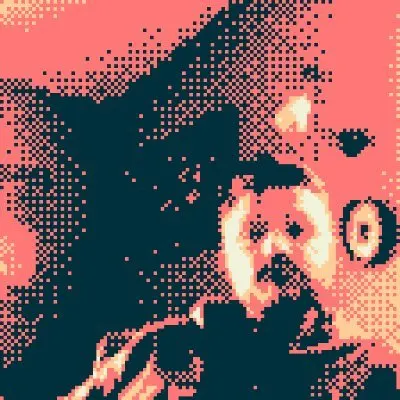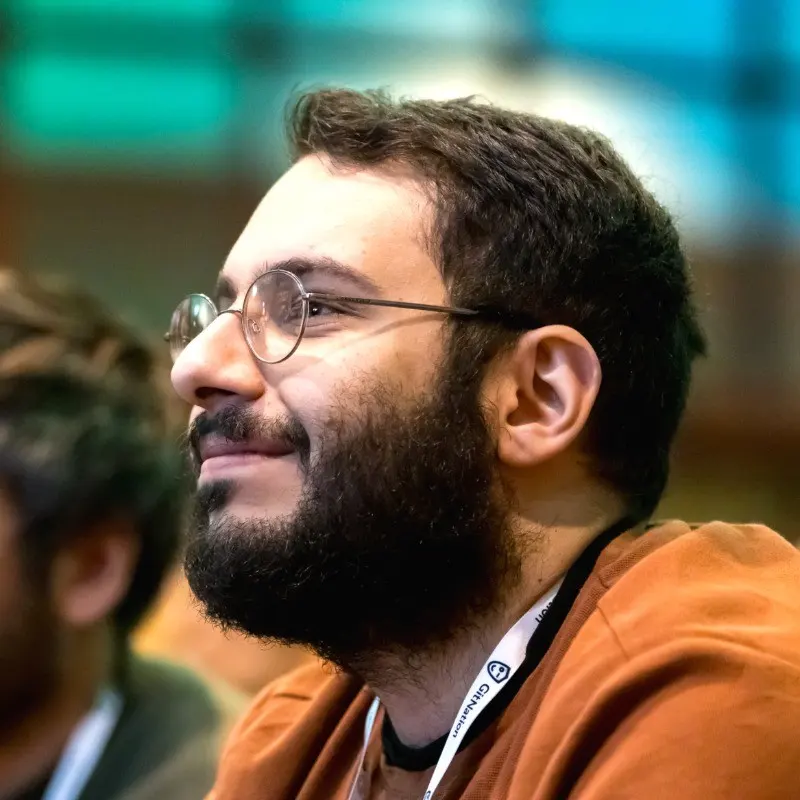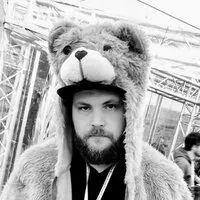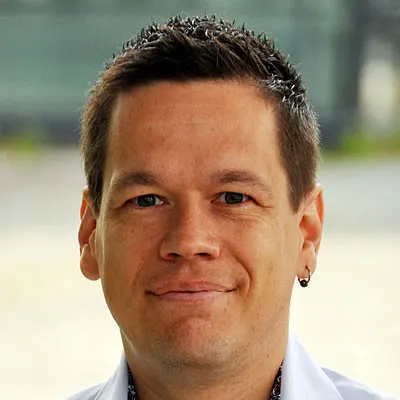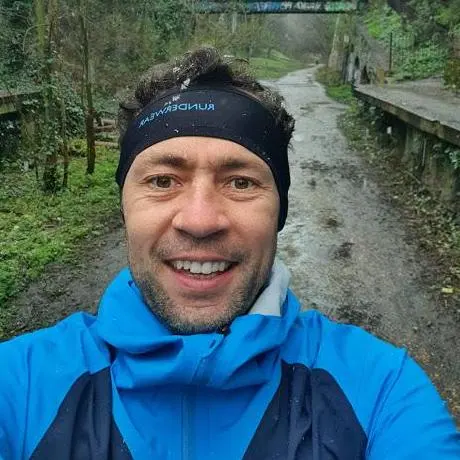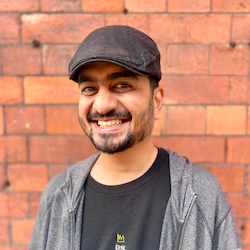Systems Engineer at Cloudflare
Talk
Moving application auth to the edge🔗
Secure your application by handling auth at the edge - before a user hits your application. This would be primarily about building out a login/signup flow that happens at the edge, before a request reaches your app - which would only see user profile information for the currently logged in user.
Workshop
🔗
Design Systems crusader | Blockchain enthusiast | Making the IT world better one component at a time
Talk
Establishing the rules for a universal design system🔗
In this talk we will explore the challenges and opportunities of creating a common language for web, android, and iOS components. Defining a set of universal guiding principles can help with establishing consistency and ease of use across the various devices which, in turn, provides a better user experience for the product. Through case studies and best practices we will provide actionable insights and practical tips that take into account the differences of each technology. Join us to learn how to establish the rules for a design system that works across all platforms.
Software developer, music hacker. One half of Counterpoint.
Talk
Adaptive Music for the Web With RNBO🔗
Max is a visual programming language for music. It has been around since the 1980s, and has been used by countless electronic musicians and sound artists to build musical instruments, installations, and generative compositions. Since a few months ago it has also been possible to also run Max programs in web browsers, using a new runtime called RNBO. This makes Max a viable new option for those of us who are interested in delivering adaptive sound and music experiences on the web.
In this talk we'll make some generative music using Max's visual interactive patching environment. We'll then bundle the music system into a webapp that lets anyone run it in their web browser. In the process we'll get a taste of what Max is like, what it can do, and how it slots into web projects.
Workshop
🔗
Juho Vepsäläinen is behind the SurviveJS effort. He has been active in the open source scene since the early 2000s and participated in projects like Blender and webpack as a core team member. Blue Arrow Awards winner.
Workshop
🔗
As a CTO, Miško oversees the technology division that powers the Builder.io applications and software. Before joining Builder.io, he created Open Source platforms for Google, including Angular, AngularJS and was co-creator of Karma. While at Google, he brought a testing culture there with his blog. Before focusing on making the web better, he believes testing is the key to success.
Miško started his career designing digital circuits and moved to databases, full-stack development and finally, front-end frameworks, giving him a unique perspective. He understands all of the layers from the web down to a transistor. In addition to Google, he worked for tech powerhouses Adobe Systems and Sun Microsystems.
He holds an MS/BS from Rochester Institute of Technology and an MBA from Santa Clara University.
Talks
Comparative study of reactivity across frameworks and implications for Resumability🔗
All frameworks have reactivity. Change your state, and the UI updates accordingly. But how does it actually work under the hood? How do the frameworks learn enough about your application to enable reactivity? What are the implications of these choices, and how do frameworks compare to each other in how they are implemented? But most importantly, are these choices compatible with resumability going forward or are we stuck with Hydration forever?
Server/Client unified execution model with Qwik🔗
The concept of a unified execution model between server and client brings a new approach to building interactive applications that are both performant and flexible. By leveraging resumability as an alternative to traditional hydration, the execution of the application can seamlessly transition from server-side to client-side, reducing the eager download and execution of JavaScript. This results in instant-on applications, even on poor connections and slow devices.
Workshop
🔗
JavaScript performance enthusiast and fine-grained reactivity super fan. Author of the @solid_js.
Author of Capri, node-dev, oazapfts, typed-rpc, react-api-query, classname-variants and lots of other small modules.
Talk
You might not need a meta framework🔗
In this talk we will explore how to generate static sites without a meta framework. We'll learn how to implement partial hydration and how to get live previews in a CMS without a build step. In short, we'll learn about the ideas behind Capri and how they can help you build a carbon-friendly website.
Co-creator of Astro.
Talk
Creating universal design systems across web and mobile with Utility First Styling🔗
Striking the right balance between consistency and platform-specific user experiences is essential for successfully creating a design system for web and mobile. In this talk, we'll explore how to create a universal design system that caters to the unique requirements of both platforms without losing their distinct identities. After all, nobody wants websites that look like apps, and apps that look like websites. We'll dive into the challenges and solutions of unifying design elements while acknowledging the fundamental differences between web and mobile interfaces. We'll take inspiration from utility first styling, and discuss how to establish consistent design tokens and primitives that enable a seamless cross-platform experience.
A web engineer with a passion for building rich, collaborative, real-time web applications. Open Source author, comedian, improviser and once an aspiring novelist, these days Jani is building AI-enhanced text editing tools to help others, and himself, write better.
Talk
Building AI-powered user interfaces🔗
As web engineers, we build user interfaces that make using our products simple, understandable and delightful. Over the years, we’ve built a toolkit of frameworks, patterns and practices to do so.
In the next few years, more and more products will be built on top of Artificial Intelligence technologies, such as generative models like OpenAI’s GPT-3. In this world, which of our tools will remain helpful, and which problems will require new solutions?
In this talk, I’ll explore some of the challenges our existing frameworks and mental models have in the age of generative AI. I’ll also introduce novel ways of thinking about user interfaces that we’ve discovered while designing and building an AI-powered web application for serious writers.
Senior Software Engineer. Proudly neurodivergent. Spends her free time camping in nature far away from other humans in a self-built campervan, dreaming about iceland, & befriending crows.
Talk
Hacking meaningful connections with humans by talking to (toy) rodents🔗
Building weird little hardware projects has provided a space for me to feel technically competent when I have felt like an imposter. After being diagnosed with ADHD last year, I realized that hacking on hardware has been a sanctuary where I could explore my social awkwardness and human connection. I've been experimenting to find out if I can turn unexpected and impractical soft objects into input devices that can lower my barriers to sustaining meaningful connections with others. In this talk, I’ll share my journey of building two explorations so far: a giant soft pompom that sends AI-generated motivational but esoteric art when it’s hugged and a toy hamster that I talk to that sends my voice messages (in a high-pitched, but oddly therapeutic voice) to my long-distance partner. Whether you’re neurodivergent or not, I hope to inspire you to start a project even if you feel intimidated by the technical details and find joy in the journey rather than the destination.
CEO at Hiottu Oy
CGO at Exove
Pekka Enberg is a Co-Founder at ChiselStrike and a Ph.D. candidate at the University of Helsinki. Pekka is a veteran software engineer with two decades of experience spanning from backend development to database and operating system development. His research interests include distributed systems, databases, and operating systems. Pekka’s current research addresses the need for modern applications to take full advantage of hardware capabilities by eliminating the bottlenecks in operating system abstractions with the parakernel model.
Previously, Pekka has worked on the Linux kernel as a dynamic memory allocator maintainer and an individual contributor to Intel/AMD x86 and RISC-V architecture support, virtualization, filesystems, and more. Pekka attended the annual invite-only Linux kernel developer summit in 2009 and 2011. He also worked on the OSv unikernel, an operating system designed to run efficiently on the cloud, with results published at the USENIX ATC conference in 2014. After the OSv unikernel, Pekka worked at ScyllaDB developing an Apache Cassandra-compatible low-latency, high-throughput distributed database.
Talk
Beyond Cloud Computing: Towards the Edge🔗
Edge and serverless computing are emerging as a go-to solution for many applications and use cases that require low latency and scalability. In this talk, we will examine how edge and serverless are different from the cloud computing paradigm, their impact on your application's compute and data, and some of the challenges ahead.
Systems Engineer at Cloudflare, Angular team member, AngularConnect organiser, Dad.
Talk
Solving the micro-frontend puzzle with fragments architecture🔗
To help developers build better web applications we researched and devised a fragments architecture to build micro-frontends. This architecture uses the power and flexibility of lightweight server-side JavaScript runtimes such as Cloudflare Workers. Our approach enables application deployments that are lightning fast, cost-effective to develop and operate, and scale to the needs of the largest enterprise teams without compromising release velocity or user experience.
Previously at Cloudflare / Meta / Myntra / Yahoo. Made Glamor. Now building PartyKit. Plays a blue Les Paul.
Talk
Everything's better with friends🔗
Software is best when shared; with friends and colleagues, in realtime, across the world. It's traditionally been hard and expensive to do this, but with the advent of edge computing and advances in CRDTs and the like, building multiplayer applications is now accessible to mere mortals like myself. In this talk, I'll share some of the work I've been doing in the space, and we'll have a demo to play with and break!
Open source, TypeScript, React, databases.
Talk
The API Evolution🔗
Delve into the cyclical nature of API evolution, discovering how revisiting and refining past solutions drives innovation and leads to more effective, streamlined approaches for your projects. Embrace the iterative journey to unlock the full potential of your API-driven projects in the ever-evolving digital landscape.




